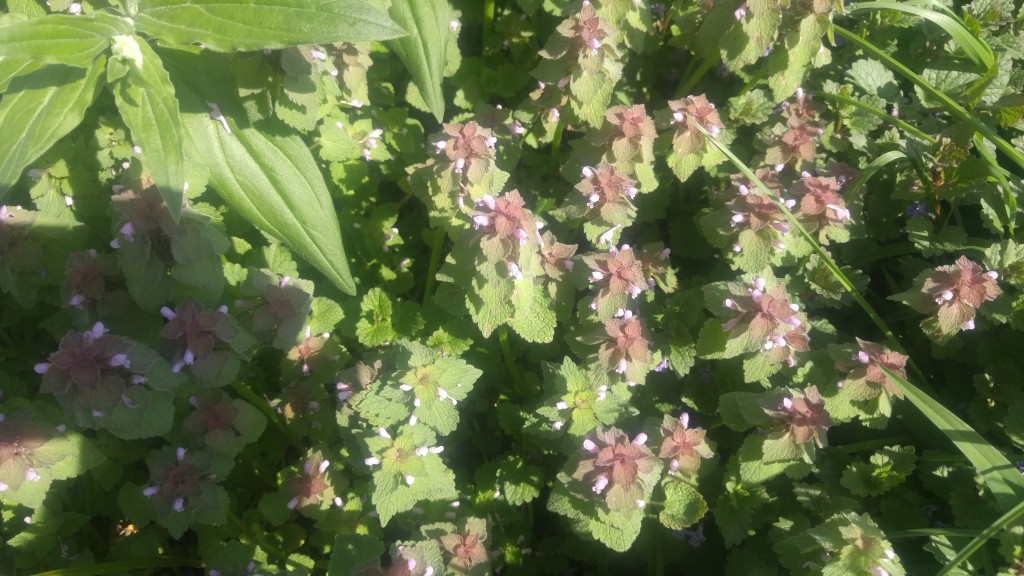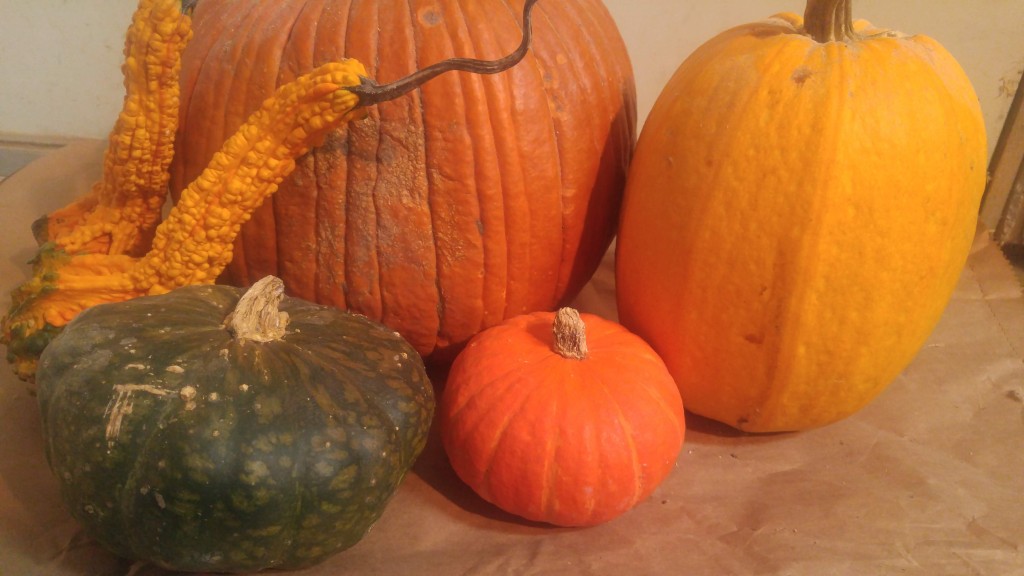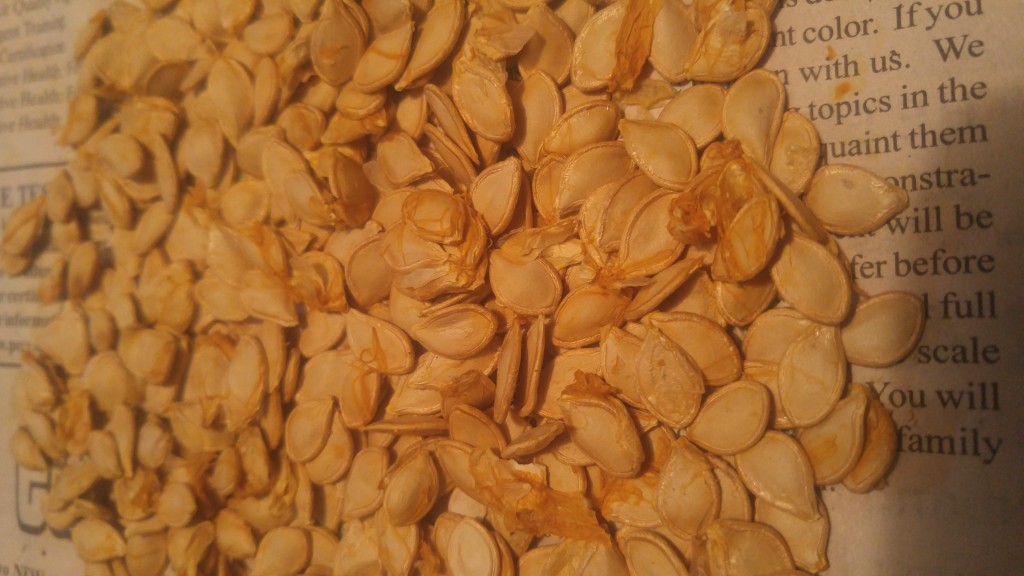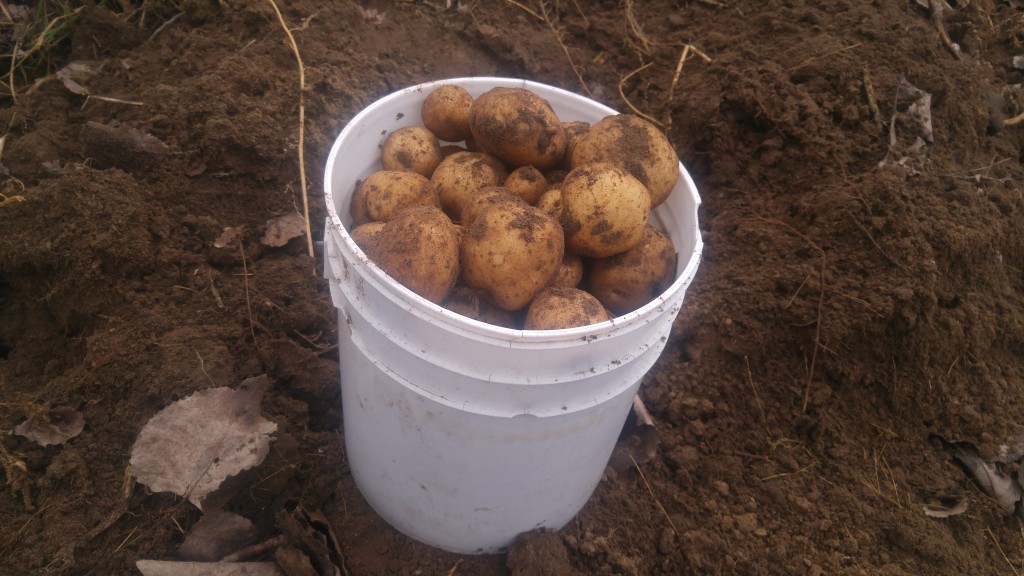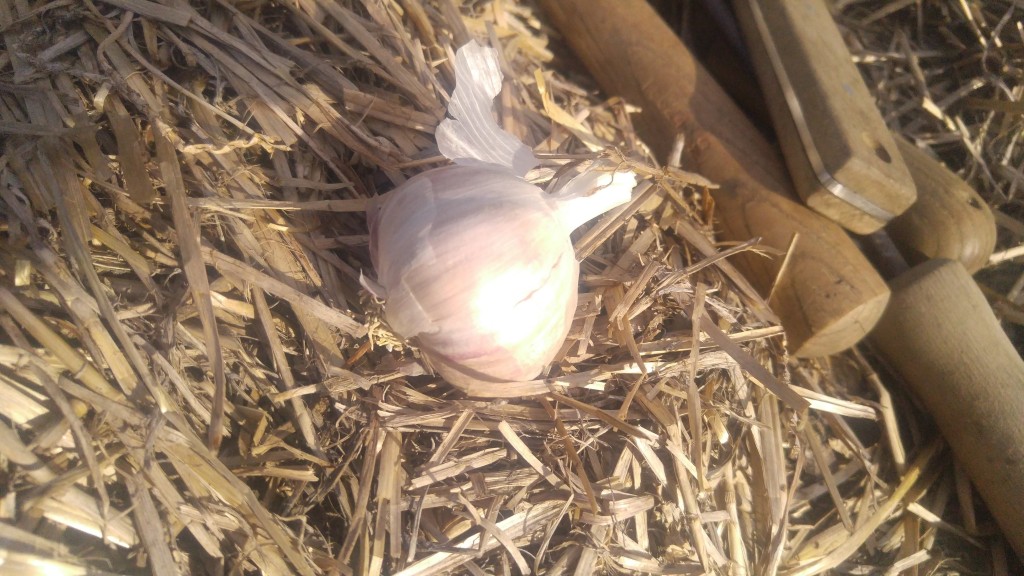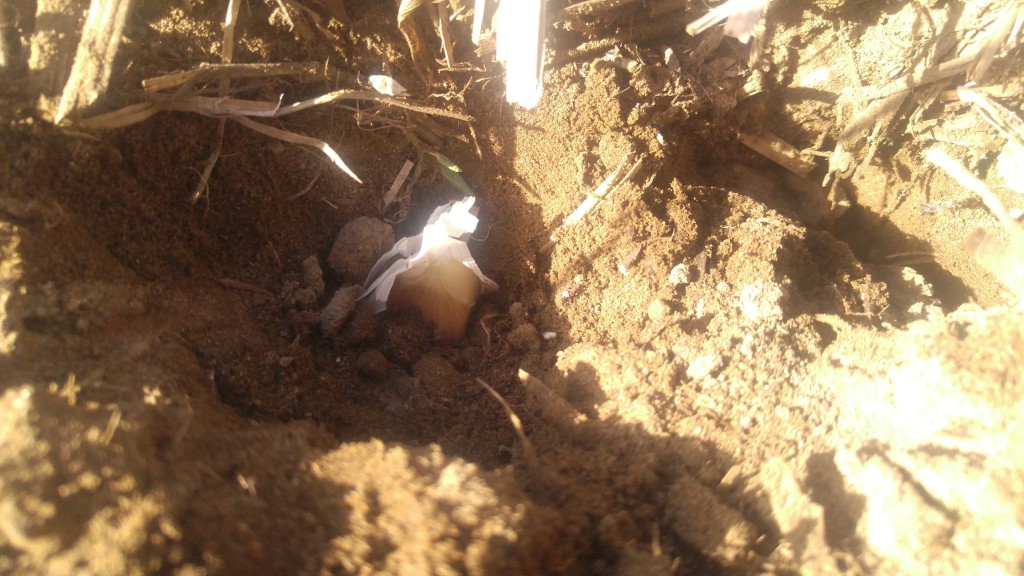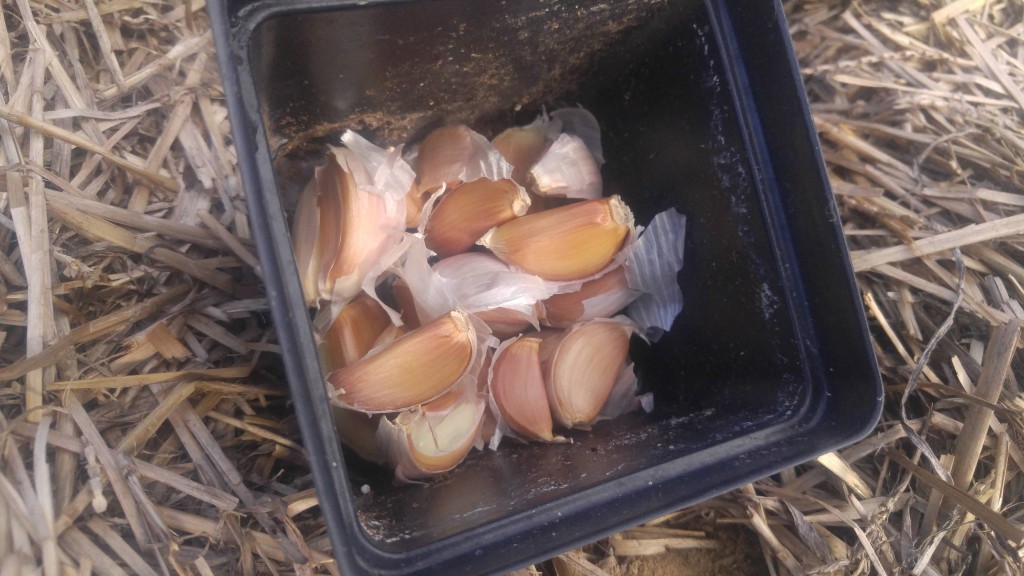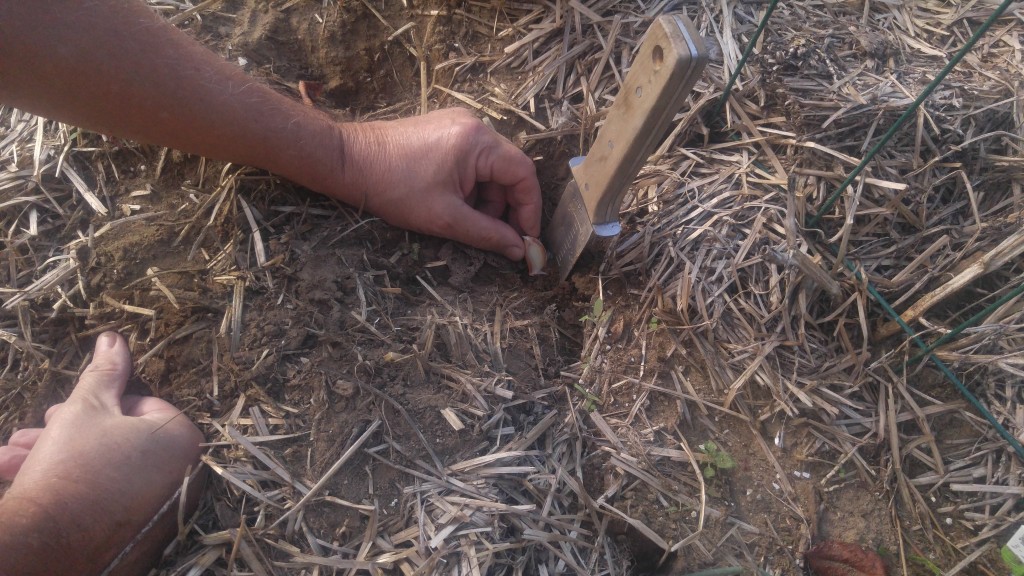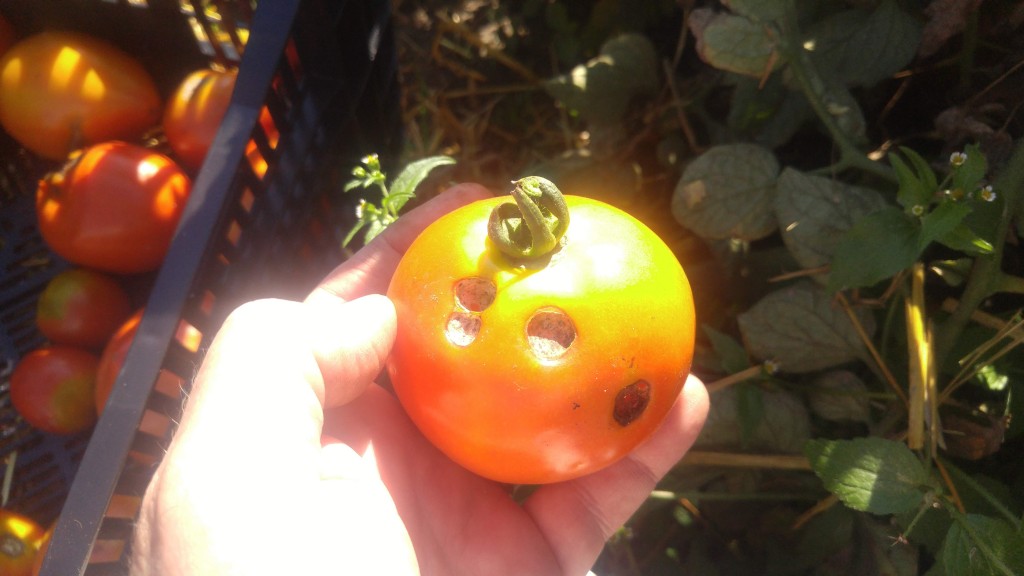As I was going through my seed potatoes a I remembered something I heard long ago. It was the concept of potatoes and their companion plants or what scientists call positive allelopathy. The basic idea is that some plants grow better in the presence of other kinds of plants.
We hear more about the opposite type of allelopathy, where plants secrete chemical compounds into the soil to inhibit the growth of other plants. The most well known example of a negative allelopathic plant is probably black walnut trees. Anyone with a small yard with a black walnut growing in it can tell you it is impossible to grow certain types of plants in the root zone of the tree.
Purple deadnettle (Lamium) is a common weed in many gardens. This is the time of year when it is most noticeable with its purple flowers and almost magenta colored upper leaves. It is thought by a lot of gardeners to have positive allelopathic effects, particularly on potatoes. A few deadnettle plants growing among potato plants is supposed to enhance growth and improve flavor as well as repel potato beetles.
Farmers don’t like purple deadnettle because it is a winter annual, a plant that germinates in the fall and flowers in the spring. But the biggest drawback of deadnettle (and a few other wild plants) is that it can harbor soybean cyst nematodes (SCN) a very severe malady of soybeans that can drastically reduce crop yields. Farmers are not willing to take a chance on their crop by letting deadnettles grow in their fields.
Gardeners on the other hand, rarely grow soybeans so a little bit of deadcnettle here and there is no problem. Since SCN is species specific, meaning other crops can’t be infected, you probably wouldn’t find SCN in a garden anyway.
The relatively short purple deadnettle can grow quite nicely under the partial shade of other plants like potatoes. They supposedly don’t steal nutrients from the soil that potatoes need. That sounds like pretty good qualities to have in a companion plant.
I’ve never tried this in my own garden because I don’t have any purple deadnettle. I certainly would never introduce Lamium to my property because it can overrun an area fairly quickly. The seeds are viable for years so once you get deaednettle, you’ll always have it.
Bob
